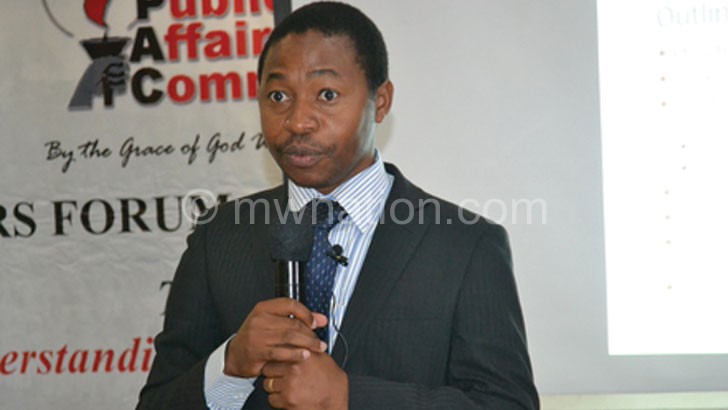Chukudu: The golden bicycle of Congo

When Benson Linje arrived in Goma in the Democratic Republic of Congo (DRC), he was struck by the ingenuity of the people living in a town whose life is defined by the sound of gun fire. Amid the chaos that has rocked the town as government and M23 soldiers battled it out, the wooden Chukudu bicycles stand out. Linje, who is public information officer for the Malawi Battalion in DRC, took notice and worked his pen to share the delight of seeing the Chukudu at work.
Arriving in Goma, Eastern Democratic Republic of Congo (DRC), for the first time, battle scarred soldiers are a common sight as they move from one direction to the other while motorists, like incessant flies, ply on the streets of this war-ravaged volcanic town carrying men, women and children to and from various places.
In the midst of the hustle and bustle of this congested town are some awkward looking wooden bicycles that carry anything from cement, sugar, groceries to charcoal. Known as Chukudu, the wooden bicycle has become a national symbol deserving a golden effigy being erected in the centre of the town.
Chukudu is an epitome of creativity and resilience so prevalent among the people of Goma. In congested routes, with the need to ferry various items at a small cost, Chukudu is a handy and essential tool for people who are among the poorest in the world.
The wooden beast of burden is easier to navigate and negotiate in the throngs of people and plentiful vehicles and motorcycles found in Goma. The uncertainty of war has forced residents of Goma to move goods in a short time and at a minimal cost to safe havens whenever there is a chance such that whoever has a Chukudu is a king.
“I use the Chukudu to carry iron sheets, bags of cassava and many more things for myself. Sometimes some people hire it to carry their goods at a fee,” said a young man who only identified himself as Rishi through an interpreter.
Rishi could not divulge how much he makes when he hires out his Chukudu without being given some money (they say in Goma nothing is for free—even an interview). In a moment, he was gone, pushing his valuable asset, hands firmly gripped on the wooden handles that look like horns of a cow with one leg on the ground while the other stepping on the main trunk of the archaic looking but very useful bike.
It is difficult to trace where Chukudus are made as most parts of Goma are inaccessible and dangerous since negative elements roam freely and easily mix with civilians, only to pick up rifles and fight at the least expected times.
Though Chukudus look pre-industrial, it is said that they date back to the 1970s when Congo’s economy and government began to collapse under the rule of the then dictator Mobutu Sese Seko and people had to improvise on anything.
Right now, this human powered vehicle, which can carry loads of over 800kg, has been mass produced and is a common sight in Goma, a tangible testimony of its growing popularity.
“It has almost become a national symbol among Congolese. The use of Chukudu has evolved; initially, it was used to carry gold; hence, this golden statue which you see in the middle of town,” said Fabrice Mingui inside the beautiful roundabout where the effigy is located, his face beaming with pride.
The golden Chukudu erected in the city centre is a manifestation of the special place people of Congo have for the traditional push-bike.
The victims of war in Goma who have lost everything can afford a meal thanks to Chukudu and the golden bike is set to be at the heart of reconstruction of Congolese communities once war is finally made history.





